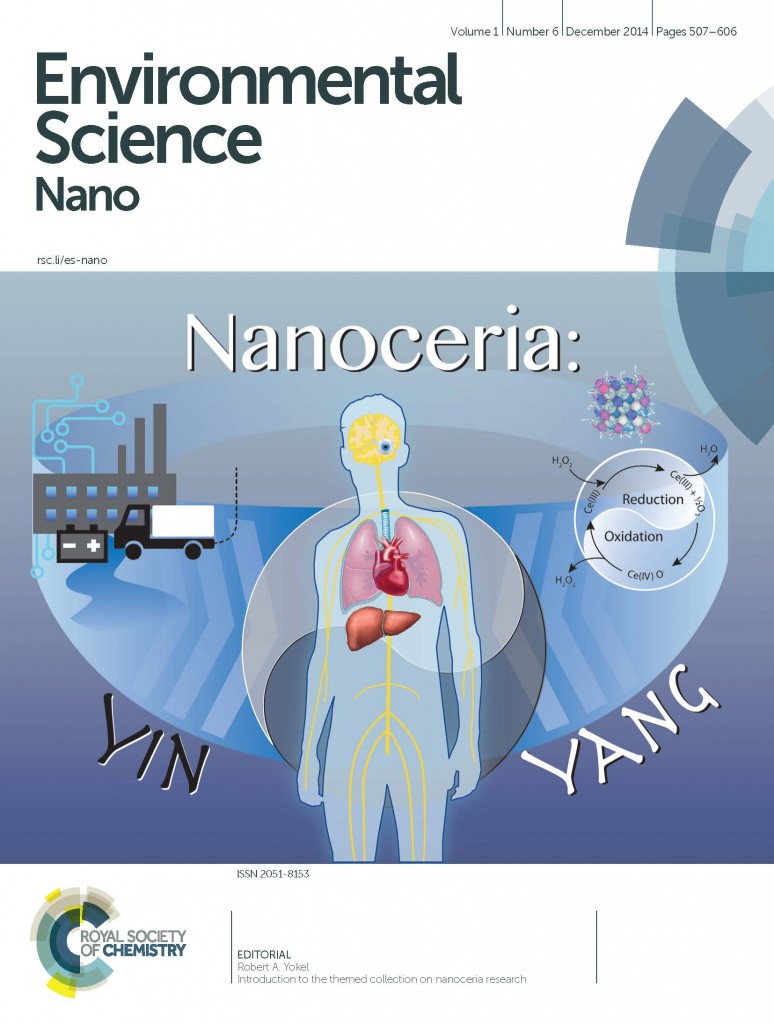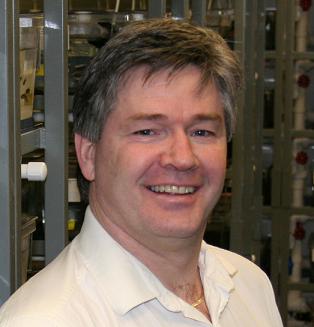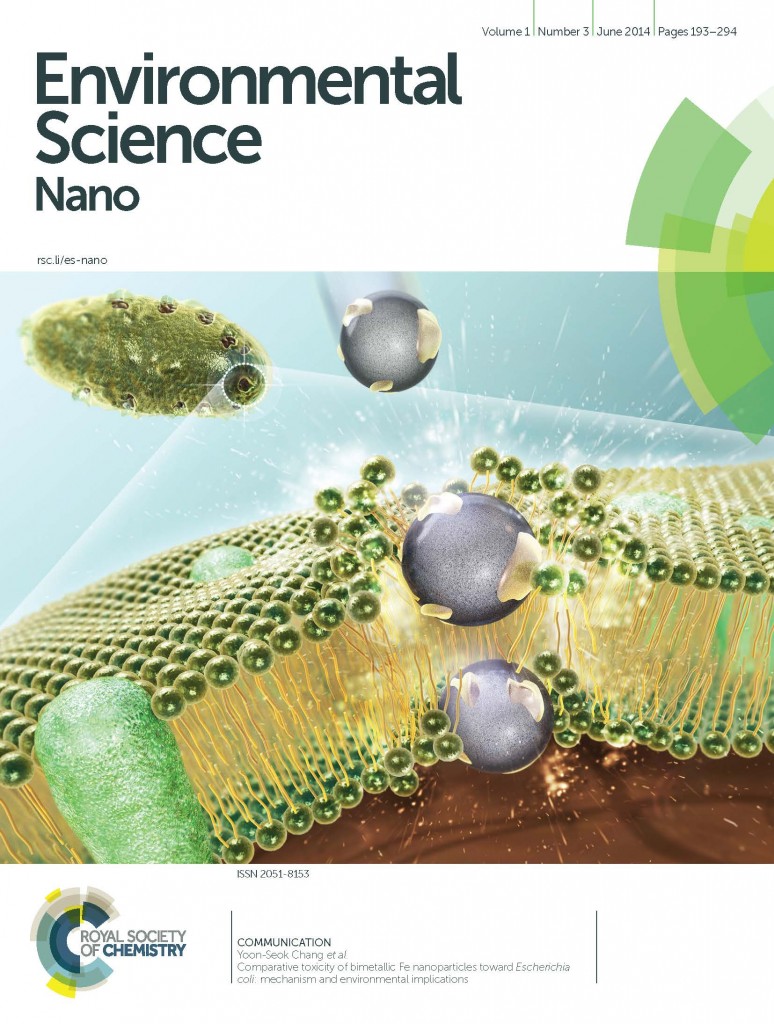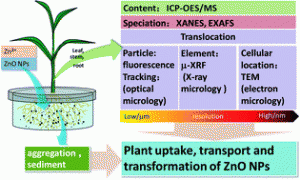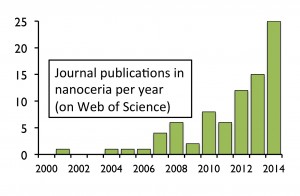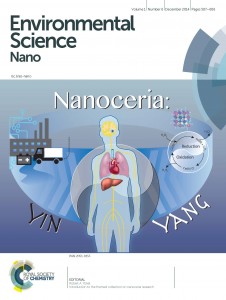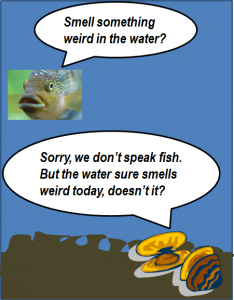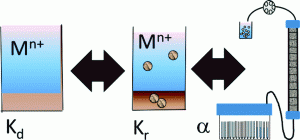When friends and family ask me questions about the safety of nanotechnology, what follows is a conversation more or less like this:
Family member: “Are nanomaterials toxic by nature?”
Me: “It depends, nanomaterials can behave very differently from one another.”
Family member: “So, should I avoid products that have nanoparticles?”
Me: “Maybe. It depends on the type of nanomaterial, and how you will use the product.”
Family member: “But, will or will they not hurt me?”
Me: “Maybe. We don’t have a final answer to that yet, because there might be long-term effects that vary tremendously according to the nanomaterial’s composition, size, shape, and other attributes; like comparing apples and oranges.”
Did you sense a theme in this conversation? Yes, there is a lot of unhelpful uncertainty. But that is why researchers continue to work on understanding the possible effects of nanomaterials to human health and the environment, while concurrently developing novel applications for this great technology.
In a recently published ESN paper, Dr. Navid Saleh and his colleagues explore the topic of nanohybrids and their relevance to environmental health and safety (EHS).
A nanohybrid is commonly defined as a coupling of two or more types of nanomaterials that (1) integrate the unique properties of each nanomaterial to (2) create novel or enhanced properties, usually caused by the interaction between these nanomaterials. Moreover, combining two or more nanomaterials may result in (3) a novel material that has different physical dimensions in terms of their nano-ness (for example, from being “nano-thin” and “nano-long” to being “nano-structured”).
A good example of a nanohybrid is a combination of titanium dioxide (TiO2) nanoparticles and carbon nanotubes, which allow the TiO2 to be activated as a photocatalyst by visible light. Usually, the photocatalytic properties of TiO2 can only be activated by UV light.
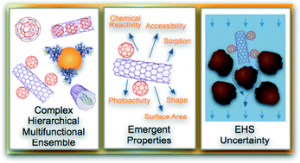 If nanohybrids have distinct properties from the nanomaterials that originated them, it is fair to wonder about their potential impacts to environmental health and safety (EHS). Can we safely add the known risks of these nano apples and oranges, when we know that the combination of both may generate novel properties?
If nanohybrids have distinct properties from the nanomaterials that originated them, it is fair to wonder about their potential impacts to environmental health and safety (EHS). Can we safely add the known risks of these nano apples and oranges, when we know that the combination of both may generate novel properties?
This perspective paper by Saleh and colleagues proposes a strategy for tackling this complex issue. Hopefuly the nano-EHS community can use this information as a tool to narrow down the plethora of nanohybrid scenarios to focus on those most likely to pose a risk to health and the environment.
To access the full article, download a copy for free* by clicking the link below:
Research strategy to determine when novel nanohybrids pose unique environmental risks
Navid B. Saleh, Nirupam Aich, Jaime Plazas-Tuttle, Jamie R. Lead and Gregory V. Lowry
Environ. Sci.: Nano, 2015, Advance Article
DOI: 10.1039/c4en00104d
—————-
About the webwriter
Marina is a PhD research scientist at Virginia Tech and Assoc. Director of @VTSuN. She is interested in air quality, nanotechnology and human health. You can find more information about her in her website mevance.com.
—————-
* Access is free through a registered RSC account












